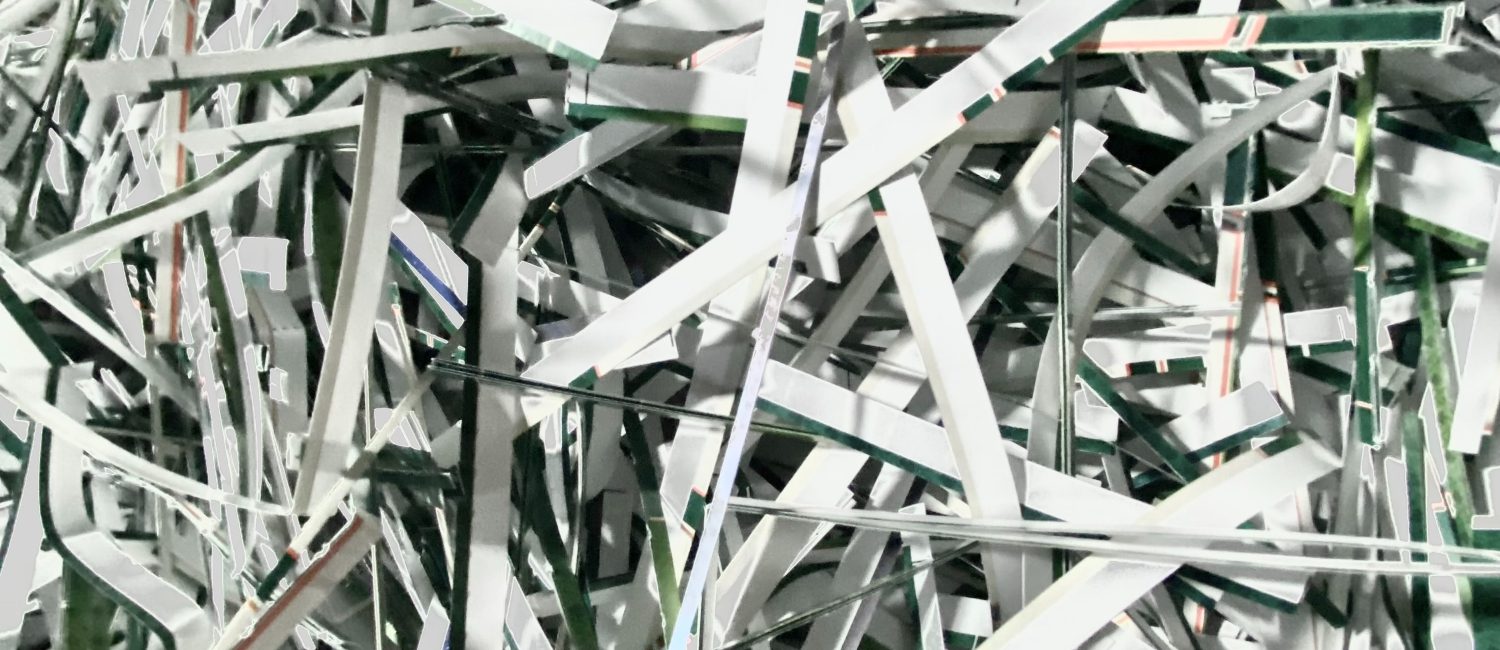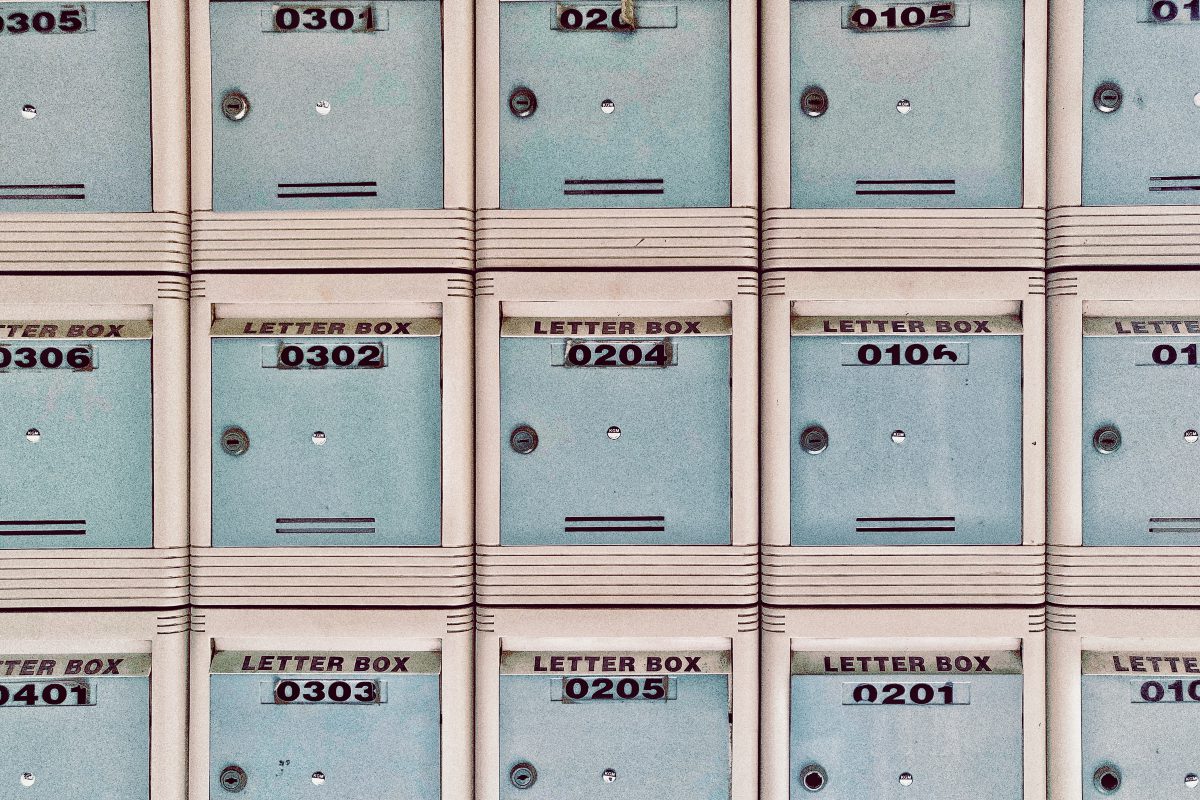Landlords: Ever Wondered What to Do With Your Previous Tenant’s Mail?
As a landlord, managing mail for previous tenants is a common responsibility. Often, residents have mail subscriptions and bills that will continue to be sent to their address on file — even if that's not the tenant's current address. Knowing what to do with a previous tenant's mail to abide by local laws and regulations is crucial to ensure privacy, compliance and even professionalism.

There are general guidelines on what landlords should do with a previous tenant's mail, including forwarding, contacting the tenant, storing, disposing and following local regulations. Understanding these best practices will help landlords effectively manage and protect their tenants' mail while adhering to the necessary requirements.
What are the options landlords have for a previous tenant's mail?
As a landlord, it's important to handle a previous tenant's mail carefully while following the local laws and regulations of your state. Here are some general guidelines on what landlords should do with a previous tenant's mail.
1. Forward the mail
If you receive mail addressed to a previous tenant, it's best to forward it to their new address if you have that information. You can write "Return to Sender" or "Not at This Address" on the envelope and put it back in the mailbox for postal carriers to return or forward. You can also write "Forwarding Service Requested" on the envelope and put it back into the mailbox, and the postal service will forward it to the correct address if available.

2. Contact the tenant
If you have a way to contact the previous tenant, whether that be through their phone number or email address, you can notify them that they have mail at the property and ask them their preferences on how they want it handled. Make sure to keep a record of your attempts to contact the tenant for future reference, just in case.
3. Store the mail
If you're unable to forward the mail or contact the tenant, you should store the mail in a secure location, such as a locked mailbox or a file cabinet labeled with the tenant's name and previous apartment number as well as the dates of the lease they had with the building. Of course, this is only done for a reasonable amount of time. The length of time will vary depending on local laws, but typically a few weeks to a month is reasonable.

4. Dispose of the mail
After a reasonable amount of time has passed and you have made documented efforts to forward or contact the previous tenant, you may be able to dispose of the mail in accordance with local laws.
Shredding the mail is the best option to protect the previous tenant's privacy. It's important to note when and how you dispose of the mail, as well as all the attempts to contact the tenant before this step.
5. Follow local laws and regulations
Landlord-tenant laws and regulations regarding mail handling vary, so it's important to familiarize yourself with the specific regulations in your area. Some areas may require landlords to store the mail for a certain period of time, while others may have specific procedures for forwarding or disposing of mail. No matter what that may be, keeping a record of such steps helps protect the landlord, property and property management company.

Professionalism extends past the lease agreement
By following the right practices listed, you're ensured a respectful closing of a tenant-landlord relationship. It's of utmost importance to document all your efforts to handle the mail, including the dates, methods and outcomes of your attempts, as well as any disposal of mail.
Keeping proper records can help protect you in case of any disputes or legal issues related to handling mail from previous tenants. While this may seem tedious, the professionalism landlords hold in a landlord-tenant relationship extends beyond the lease terms.

